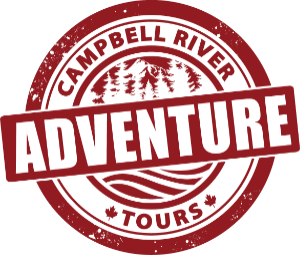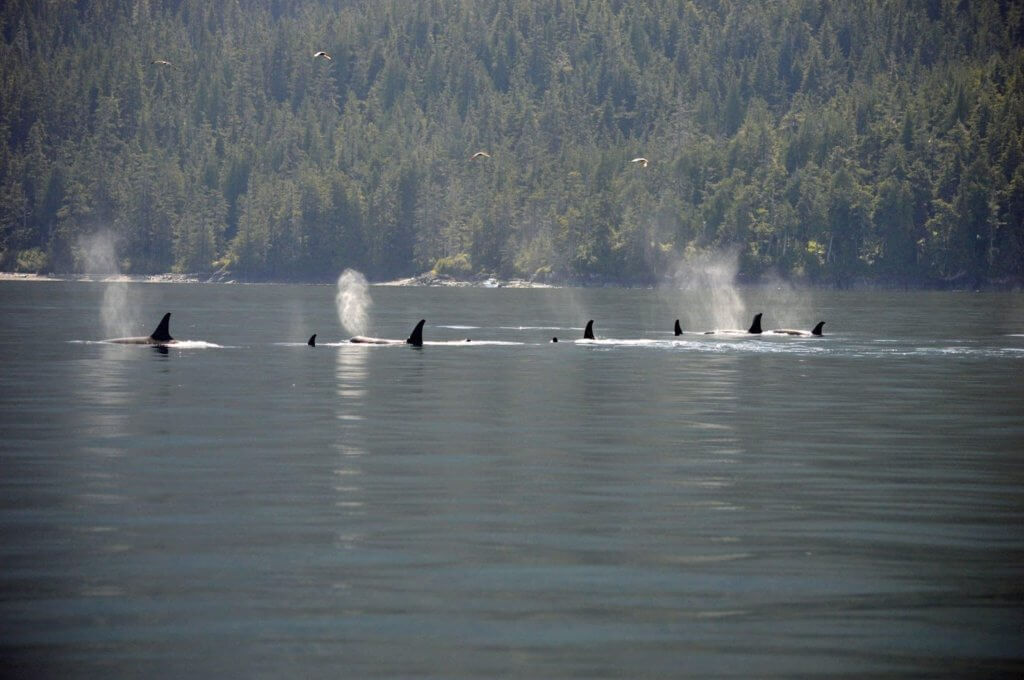How We Can Save Our Oceans
Oceans cover 71 % of the planet and are home to important species and ecosystems that we rely on for food, livelihoods, climate regulation and more. But our oceans are facing a lot of challenges these days, with a lot of species and ecosystems being at risk. Most of those challenges are impacted by human actions including overfishing, plastic pollution, as well as ocean warming and acidification.
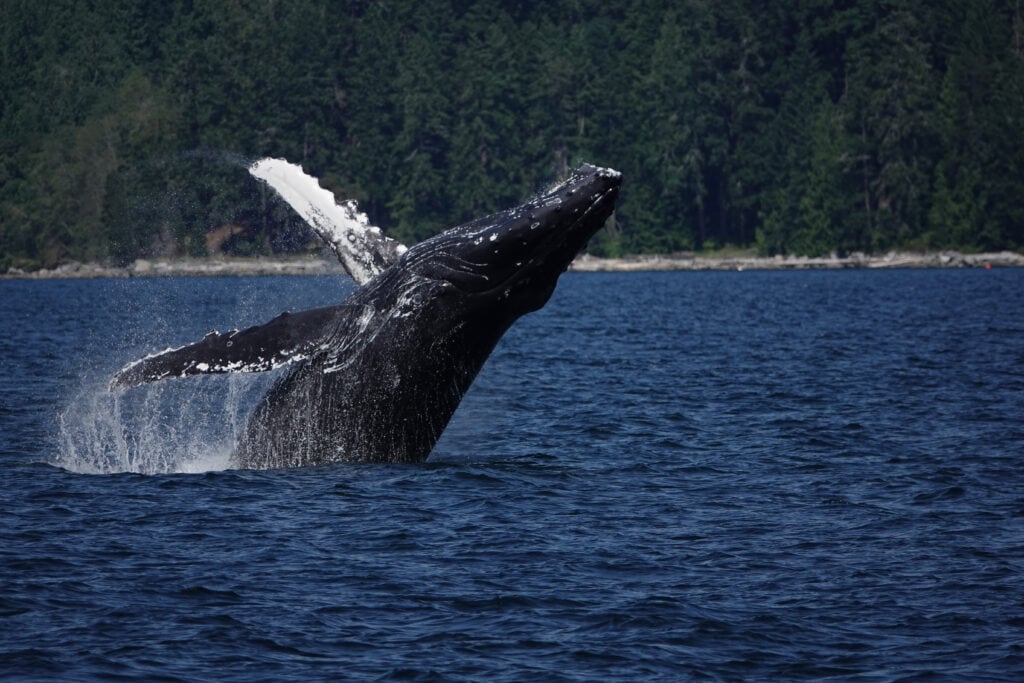
To help protect and restore our Oceans for future generations, we need more legal regulations and political action in the form of Marine Protected Areas on the one hand, as well as changes in individual lifestyle choices on the other hand.
In this blog post, we want to explain the status quo of Marine Protected Areas in Canada and highlight what you can do as an individual to help save our Oceans!
What are Marine Protected Areas and why are they important for Marine Wildlife Conservation?
Science tells us that Marine Protected Areas (MPAs) are one of the most effective tools to protect ocean ecosystems, rebuild biodiversity, help species adapt to climate change as well as help species at risk of extinction like the southern resident orca on Canada’s west coast.
MPAs are similar to protected areas on land, such as National Parks – areas set aside to conserve the natural world long term, protecting not just one single species, but the ecosystem as a whole.
If we want to reverse biodiversity loss, protect ecosystems and ensure resilience against warming and acidification, at least 30% of the Ocean has to be turned into Marine Protected Areas by 2023.
As of today, almost 14% of Canada’s ocean is protected and the country is committed to reaching the 30% by 2030 goal.
However, MPAs all have widely differing rules and regulations. Even when an area is said to be protected, it may not be sufficiently protected to help wildlife recover from human impacts. In fact, only seven of Canada’s 18 federal MPAs are strongly protected, while eight are weakly protected. Two are even incompatible with biodiversity conservation. As a result, those almost 14% of conserved ocean currently only account for 0.4% of strongly protected areas.
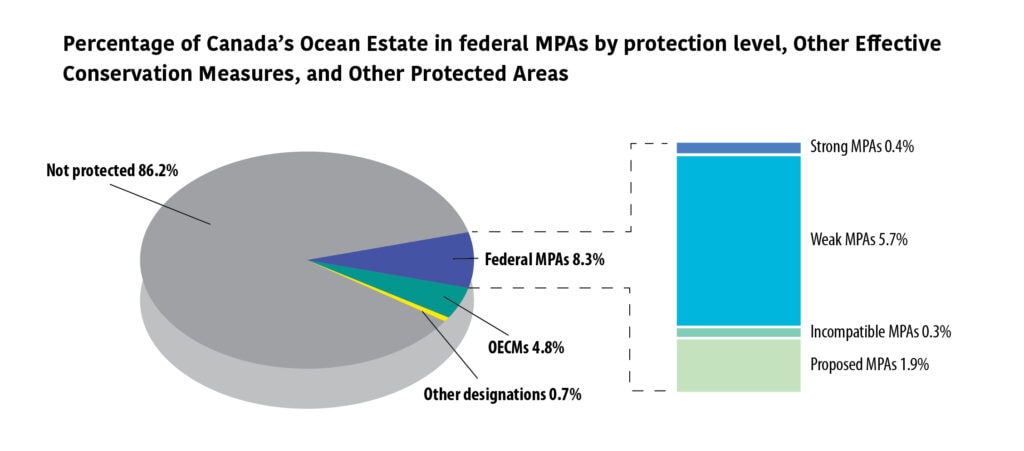
Canada’s goal to protect 30 percent of our oceans by 2030 is going to take some more effort, but it is still within reach; and we can all do our part to save our oceans!
What You Can Do to Help Save Our Oceans
When we adopt certain lifestyle choices, we can actively help to protect our oceans.
Here are four ideas how:
- Use Plastic-Free Alternatives
Around 80% of plastic in the ocean is estimated to come from land-based sources. Wildlife gets entangled in plastic waste or plastic ends up in their digestive system, leading to cruel deaths.
Say No to single-use plastic and go reusable wherever you can! Make it a habit to bring a reusable water bottle, coffee mug, straw, shopping bag and cutlery. Repurpose and reuse any single-use plastic as often as you can and pick up any trash that you see outside.
2. Reduce Your Carbon Footprint
Carbon Dioxide Emissions make the Ocean acidic which is one of the main causes for the loss of corals.
You can cut back on Carbon Emissions by avoiding taking your car and instead use a bike, public transportation or walk. Saving energy by turning off lights and not leaving devices in standby mode, as well as heating less reduce your carbon footprint.
Last but not least, try to incorporate more plant-based meals into your diet! Meat and dairy production are responsible for about 18% of greenhouse gasses worldwide.
3. Explore the Ocean
The more you know, the more you care and protect!
If you live close to the ocean, explore the intertidal zone, if you don’t live near the ocean, visit your local lake or river to learn how your watershed connects to the ocean. There are lots of resources online as well to learn more about the marine world.
An ethical Whale Watching Tour is always a great opportunity to learn more about marine wildlife as well!
4. Talk About It
Talking to friends, families and colleagues about the challenges the oceans are facing as well as possible solutions might impact them in caring more and taking action themselves. The more people care and act towards ocean conservation, the more we can achieve.
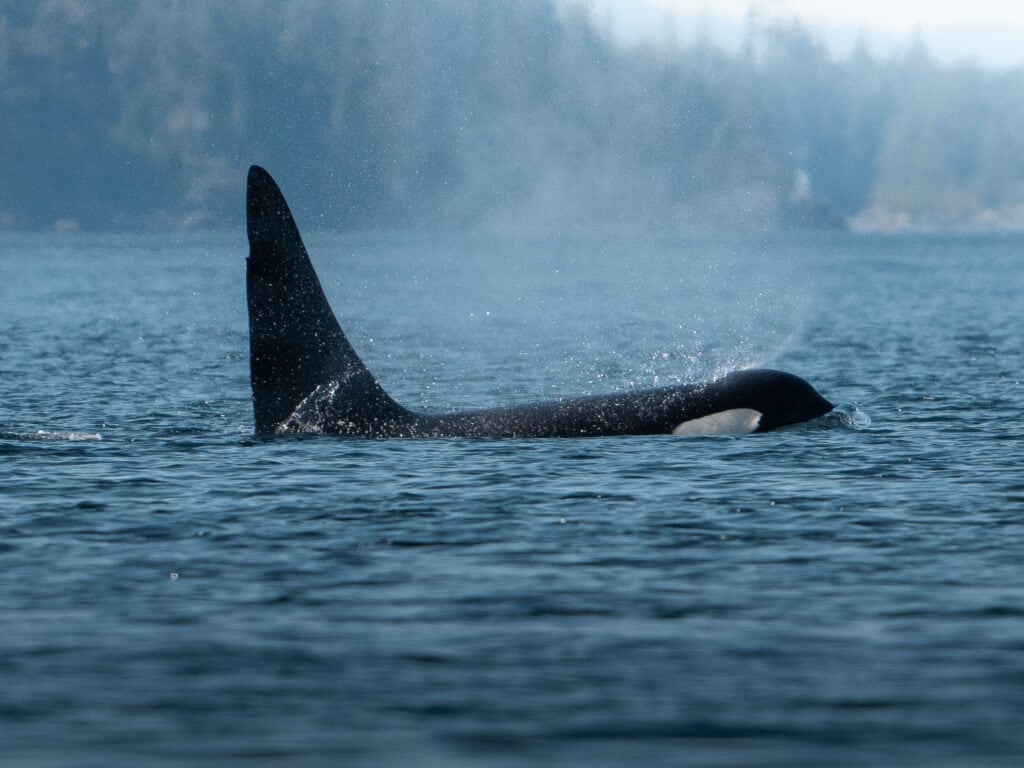
Sources:
Brackley, C. & Hayward, A. (2022). Marine protected areas in Canada may not be as protected as we think. https://canadiangeographic.ca/articles/marine-protected-areas-in-canada-may-not-be-as-protected-as-we-think/
CPAWS (2021). Oceans Report 2021. https://cpaws.org/our-work/ocean/oceanreport/
Fisheries and Oceans Canada (DFO) (2023). Marine Protected Areas across Canada. https://www.dfo-mpo.gc.ca/oceans/mpa-zpm/index-eng.html
Oceana (n.d.). 10 Ways You Can Help Save the Oceans https://oceana.org/living-blue-10-ways-you-can-help-save-oceans/
Osborne, L. (2022). What are Marine Protected Areas? https://naturecanada.ca/news/blog/what-are-marine-protected-areas/
WWF Canada (n.d.). Marine Protected Areas. https://wwf.ca/habitat/oceans/marine-protected-areas/

